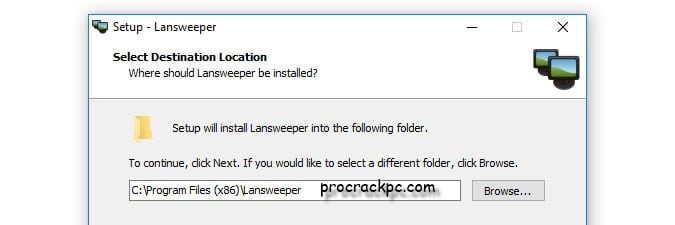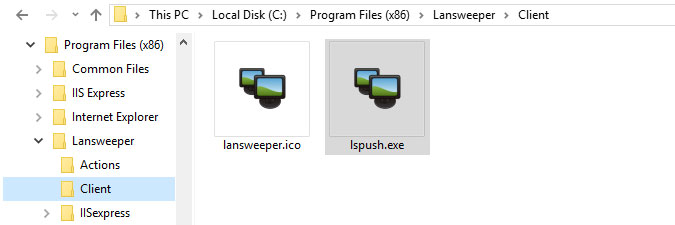
LsAgent does not require you to reconfigure your computers' firewalls for scanning.LsAgent does not require administrative privileges to be able to scan.LsAgent does not require you to submit scanning credentials in Lansweeper.LsAgent can scan computers of your remote employees over the internet, wherever they are.

However, because it scans locally and can access our cloud relay server, LsAgent has several advantages over agentless scanning. LsAgent largely scans the same data as agentless scanning methods. A guide for silently installing LsAgent on Windows, Linux or Mac can be found in this knowledge base article.Mac: the installation guide can be found in this knowledge base article.Linux: the installation guide can be found in this knowledge base article.Windows: the installation guide can be found in this knowledge base article.The following list shows where to find installation guides for Windows, Linux and Mac. The scanning schedule can be customized further through the Lansweeper web console, where scanned data is also displayed. Once the installation is completed, LsAgent automatically starts scanning the machine once per day. Installing LsAgent on computers to be scanned is quick and easy. A legacy installer version 9.5.0.2 is also available on this page for legacy operating systems that do not support. Windows: available on this download page or from the following folder on your Lansweeper server: Program Files (x86)\Lansweeper\Client.There is a separate LsAgent installer for Windows, Linux and Mac. A configurable agent whose scanning schedule can be adjusted through the Lansweeper web console.

A program that can scan computers outside of your network and over the internet thanks to the relay server connectivity.

Data is securely sent to the relay server over HTTPS (TLS 1.2), stored in an encrypted format and deleted once a scanning server has retrieved it.


 0 kommentar(er)
0 kommentar(er)
